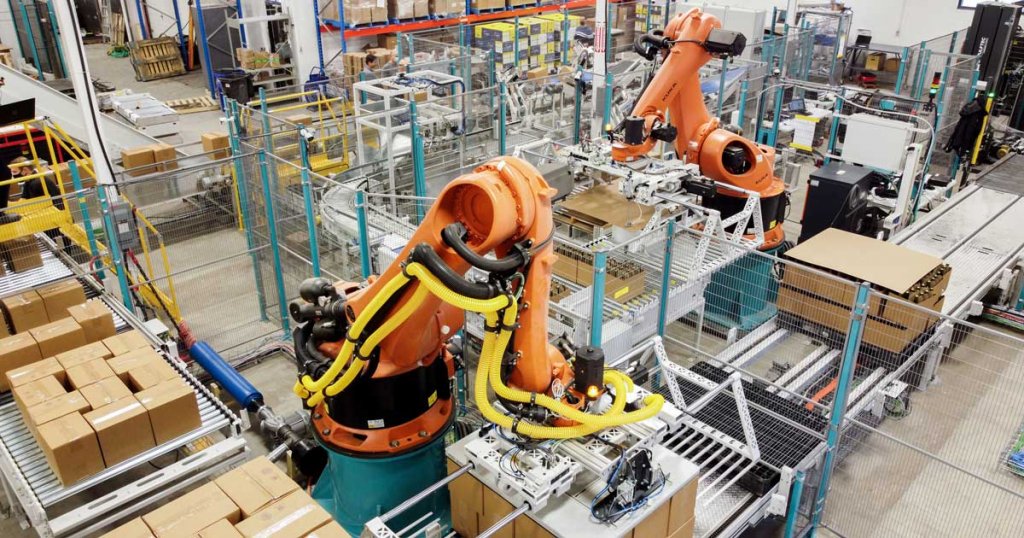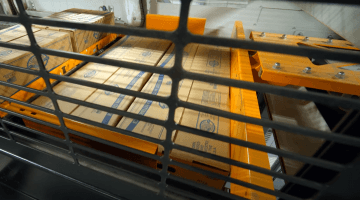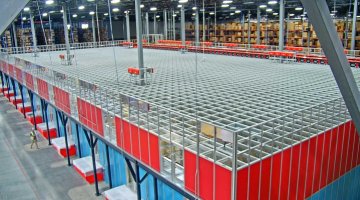5 Ways Automation Supports Operational Resilience

“Resilience” is a hot buzzword in supply chains, thanks to rapidly changing dynamics in the industry. With disruptions top of mind, many companies are looking for solutions that bolster their warehousing and distribution centers’ (DCs) ability to withstand the unexpected and recover quickly. That’s where automated warehousing technologies can help. Here are five ways automation supports operational resilience.
1. Automation enables network adaptability. Whether a disruption is caused by a weather event—like a hurricane or tornado, a labor strike, or a global pandemic—warehouses and DCs equipped with automation can rapidly reallocate inventory and operations across their network.
Because automated solutions increase storage capacity and support higher throughput volumes, a company can shift distribution activities from the affected facility to others and minimize disruptions. The inherent flexibility of automation enables other operations to absorb the network moves necessary to maintain service level agreements (SLAs), enhancing resilience.
2. Automation adjusts to changing business needs. Today’s warehouse automation technologies—such as autonomous mobile robots (AMRs) and cube-based automated storage—are much more flexible than traditional, fixed automation solutions. For example, unlike crane-based automated storage and retrieval systems (AS/RS) that require dedicated aisles and a significant investment to deploy and expand, today’s automation scales up or down easily and more affordably.
This accommodates seasonal volume fluctuations, business changes, and even relocation to a larger facility. Further, the increasing availability of “as a service” pricing models also contributes to resilience. Companies can initially test an automated solution (like a fleet of AMRs) in a limited fashion with a small investment—then add or subtract vehicles as needed.
3. Automation compensates for labor shortages. With continued low levels of unemployment and the ongoing challenges operations managers face in attracting potential employees to jobs in warehousing and distribution, automation can help increase staffing resilience. Deploying automated solutions to handle repetitive, strenuous jobs allows the reassignment of workers to value-added tasks that are more complex and engaging.
Further, automation opens new career paths in operating, servicing, and maintaining these newer technologies. For the mechanically inclined, training as a warehouse automation technician offers a high-paying career alternative to warehouse associate jobs.
4. Automation reduces training time. Tasks supported by automated technologies are often easier for new or temporary employees to learn, improving an operation’s resilience amid high turnover or absenteeism. Conversely, in manual operations, it can take several weeks—or even months—for a new staffer to become fully proficient at a process and attain target productivity rates.
With automation, training often takes just minutes or hours to complete, ensuring that less experienced workers perform at the highest levels in a much shorter timeframe.
5. Automation enhances workforce ergonomics and safety. Adding automated solutions to a process significantly improves associate ergonomics. By reducing bending, reaching, stretching, lifting, and other physically strenuous and repetitive tasks, employees working with automation are less likely to suffer musculoskeletal injuries.
This increases operational resilience by lessening downtime and the worker’s compensation costs associated with injuries in conventional handling processes.
Categories (tags):


